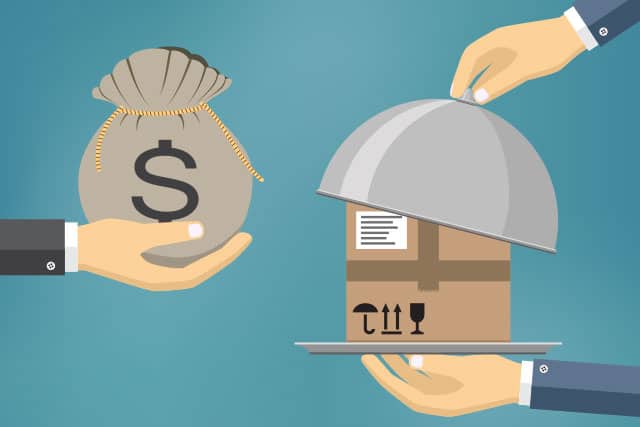
So you’ve got an incredible idea for a product you believe could prove hugely popular in your workplace, your industry, or across the consumer landscape. You’ve looked into start-up costs, explored funding options, and figured out roughly how long you’ll need to develop the product and bring it to market. You might even be about to jump right in and begin development – or already have started developing the product itself.
Either way, what if I told you your total costs could be thousands, if not tens of thousands, of pounds lower than you’ve budgeted for?
There’s no magic loophole here. All you’ll need to do is make a research and development (R&D) tax credits claim and you could see as much as a third of your development costs reimbursed by HMRC.
What are examples of research and development?
Of course, to know if you can go ahead claiming research and development tax reliefs, first you need to know if the product you’re developing qualifies.
The good news here is the criteria is incredibly broad. As I’ve explained in-depth in my blog on R&D qualifying criteria, eligible types of R&D are more numerous, and much less technical, than you think.

Take for instance the world of food production. You might expect development of new flavours conducted in a laboratory setting to qualify for R&D tax credits – and you’d be right. New flavours and food types are, after all, an innovation with a considerable benefit for both the company who creates them, and the market at large.
However, a successful R&D claim could also apply to the technology used in and around food production. For instance, if your business champions the development of a new cooling system, where a thermometer connected wirelessly to an app tells the cooling effect to kick in automatically once it reaches a certain temperature. That would be an entirely different type of innovation, but no less vital in the eyes of the R&D tax credits team at HMRC.
Another example could be a building supply company, which develops a collection of unique door handle mechanisms. In this case there might be similar items on the market, but the specifics of the mechanism would be unique in the brand’s product portfolio, and different enough to other items in the wider market to qualify for it claiming R&D tax Credits for new product development.
Additional examples of eligible actions could include:
- Researching a new application for existing products or technologies already used by your company
- Testing for compliance with new regulations
- Experimenting to increase efficiencies or reduce waste
- Research into scaling up manufacturing operations and new technologies or techniques that may make that feasible
- Automation and/or robotics development
- Development of software and hardware designed to improve practical working processes
- Work done to meet technical safety standards
Importantly, it’s worth noting that a project doesn’t need to be complete for a business to claim R&D tax credits on it. You only need to be able to show the amount of investment (in terms of monetary expense, and the investment of staff member’s time, plus other technical evidence), along with a commitment to innovate, and proof of how the new product, if successful, would prove innovative.
Should you make an R&D tax credits claim?

The average R&D tax credits claim amongst small to medium-sized enterprises is roughly £60,000, yet only between five and 10% of eligible businesses make the effort to make a claim.
When you factor in the scope for eligible claims, it shows that new product development tax credits can be claimed by many more businesses than currently try to, and saving money on new product development isn’t as difficult as you might think it is.
With that in mind, the answer to the question above is yes – it often absolutely is worth making an R&D tax credits claim.
If you do decide to, there are two main ways to go about it.
You could do it yourself – which is a length and involved process, as described by my in-depth guide to preparing your R&D tax credits claim.
Or you can enlist the help of an expert in the field, who has the experience and know-how to understand your business quickly, and prepare a thorough and extensive R&D claim.
If you’re curious about saving money on new product development and want to know how R&D tax credits could benefit your budget for the future, get in touch with me today.
